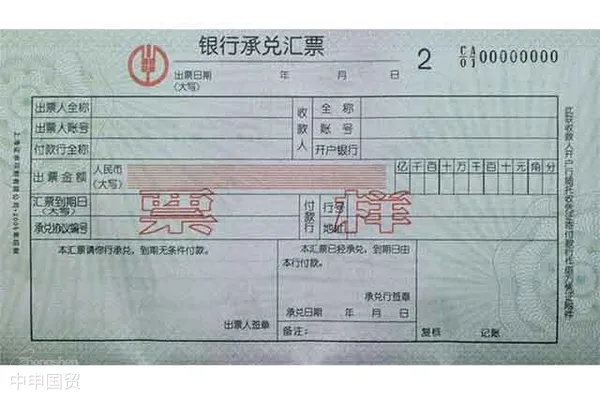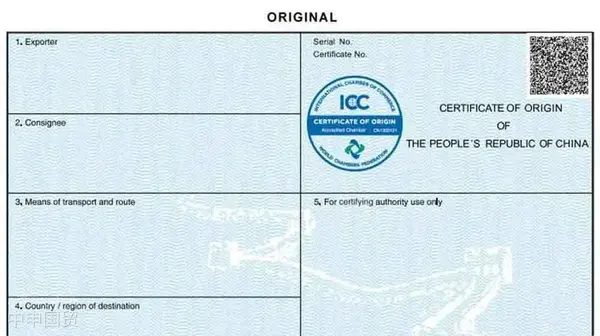- Shanghai Zhongshen International Trade Co., Ltd. - Two decades of trade agency expertise.
- Service Hotline: 139 1787 2118
Concept of bank acceptance bills
A bankers acceptance bill refers to a bill issued by the acceptor and entrusting the accepting bank to unconditionally pay the specified amount to the payee or the holder of the bill on the specified date.
It can be simply understood as an IOU issued by a bank. This type of transaction can delay the banks payment cycle, thereby providing more financial benefits or preventing bank runs.

Features of bank acceptance bills
Characteristics of BA
Bank credit. Bank acceptance bills ensure the signing and fulfillment of contracts between buyers and sellers through bank credit intervention, promoting capital turnover.
Financing. The term of bank acceptance bills can be as long as 6 months. Short-term financing can be achieved through partial deposits and guarantees or credit acceptance to reduce capital costs and improve capital efficiency.
Application requirements for bank acceptance bills
Requirements for BA
The applicant must be a legally registered and operating legal entity or economic organization.
Good credit standing, with no bad loans, unpaid interest, or other negative credit records in the bank over the past two years.
Have reliable means to pay the amount of the acceptance bill.
Bank acceptance bills cannot be used for non-commercial transactions.
Process for handling bank acceptance bills
The process of handling BA
(1) The applicant must submit the Bank Acceptance Bill Application and submit the acceptance application to the custodian bank.
(2) After the applicants bank account is approved, the bank shall sign the Acceptance Agreement and Deposit Agreement with the applicant. The applicant shall deposit the margin or complete the pledge freezing procedures and pay the acceptance fee.
(3) The accepting bank shall complete the acceptance procedures and issue to the applicant the second copy of the bank acceptance draft, one copy of the acceptance agreement, customer payment receipt, etc.
(4) The holder of a bank acceptance draft may endorse and transfer it to the endorsee or handle discounting business with the bank.
(5) Request for payment. During the payment presentation period, the holder may instruct their bank to issue a collection letter to the issuing bank, or present the draft directly to the issuing bank for payment, which will then transfer the funds to the holders account.
. For more relevant information and content, welcome to followWhat is a Bankers Acceptance BillZhongshen International TradeDangerous Goods.
Related Recommendations
? 2025. All Rights Reserved. 滬ICP備2023007705號-2  PSB Record: Shanghai No.31011502009912
PSB Record: Shanghai No.31011502009912










